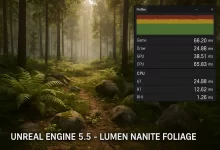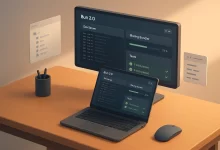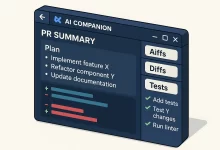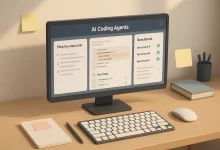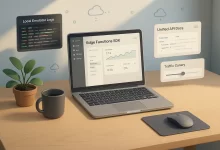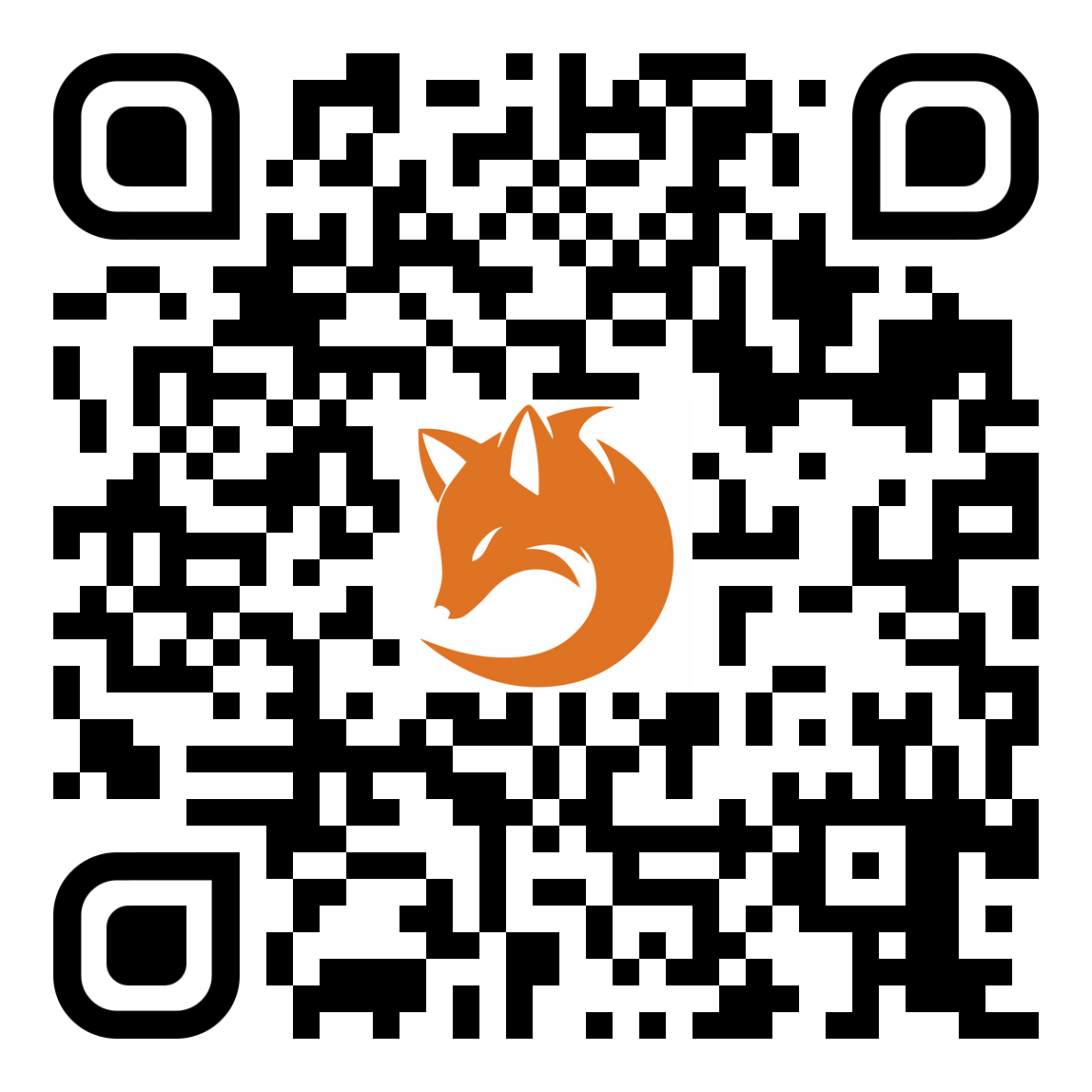It’s August 9, 2025, and the hallway chatter in tech feels different. Coding bootcamps once promised a fast lane into junior developer roles; today, the lane is being rebuilt in real time. Companies aren’t hiring fewer builders—they’re hiring differently. AI pair-programmers chew through boilerplate. PMs spin up prototypes with natural-language prompts. And the work left for humans is more judgment, more systems thinking, and a lot less CRUD by hand.
What changed this summer
Three shifts hit at once. First, teams embedded AI copilots into every stage of the dev cycle—requirements, code scaffolding, tests, even deployment runbooks. Second, managers tightened headcount for “learn-on-the-job” roles, expecting new hires to contribute within days, not months. Third, internal tools got good enough that cross-functional folks (product, design, data) now ship small features without calling engineering every time. Put together, that’s a headwind for traditional entry paths—and a wake-up call for coding bootcamps.
So, is the door closed? Not quite
I spent the morning comparing notes with hiring leads who still love unconventional talent. Their consensus: the junior title isn’t gone; it’s just wearing a new uniform. Instead of “JavaScript 101 + to-do app,” they look for candidates who can steer AI, validate outputs, and harden edges. Think fewer “can you write a loop” interviews, more “can you frame the problem, prompt the tool, and verify the result.”
What employers now test for
- Problem framing: Turn a fuzzy request into testable acceptance criteria and data contracts.
- AI fluency: Use a code assistant to draft, then audit the draft—catch hallucinations, enforce style, add tests.
- Integration sense: Wire services cleanly, handle auth/roles, and document failure modes.
- Evidence over vibes: Ship a tiny feature; show before/after metrics, not just a demo.
How coding bootcamps can adapt—fast
If I were rewriting a 12-week syllabus tomorrow, I’d keep the algorithms but move the spotlight:
- Weeks 1–2: AI-first fundamentals. Git, tests, HTTP, and a daily “human + copilot” kata: prompt → code → unit tests → explain the diff in plain English.
- Weeks 3–5: System slices, not toy apps. One vertical per week (payments, search, notifications). Students ship a production-ish slice with logging, retries, and a post-mortem.
- Weeks 6–8: Data and LLM ops. Build a retrieval pipeline, evaluate prompts with golden datasets, add guardrails, measure latency/cost.
- Weeks 9–10: Team delivery. Rotating roles (tech lead, QA, SRE). Each sprint ends with a one-page decision log and a live rollback drill.
- Weeks 11–12: Hiring artifacts. Portfolio with evidence: PR links, test coverage, dashboards, and a short “how I used AI responsibly” write-up.
What candidates can do this week
- Ship one real fix: Find an open issue in a small OSS repo, use an AI assistant for a draft, then write the tests yourself and explain trade-offs in the PR.
- Prove you can verify: Take a code block generated by AI, list three potential failure modes, and show how you guarded against them.
- Show lifecycle thinking: Add observability—logs, traces, a basic SLO—and include screenshots in your portfolio.
- Practice constraint prompts: “Write a function to X, but keep memory under 64 MB, fail closed on bad input, and return structured errors.”
New early-career titles to watch
Recruiters flagged a few role names that map well to the moment: “LLM QA Engineer,” “Prompt & Evaluation Specialist,” “Integration Developer,” and “AI Support Engineer.” These aren’t consolation prizes. They sit close to the revenue line and teach battle-tested habits—triage, instrumentation, safe rollouts—that outlive any framework fad.
Why this can be good news
Paradoxically, the automations that squeeze traditional junior tasks also remove busywork for small teams. That means more time on interfaces, data contracts, and resilience—the parts of software that actually make customers trust you. Grads who embrace that reality arrive with sharper instincts. And coding bootcamps that teach verification, not just generation, will place students faster than the programs that still grade on pixels alone.
A quick starter plan if you’re graduating this month
- Pick a tiny pain in a real product (yours or open source). Write a one-paragraph problem statement.
- Use AI to draft a fix, then manually break it: inputs, timeouts, permissions. Add tests until it’s boring.
- Instrument it. Show a graph that moved after your change landed.
- Publish a short readme with the decisions you made and why.
Here’s the bottom line: the stories about doors slamming shut miss the quieter shift happening on real teams. The work isn’t vanishing; it’s tilting toward people who can guide AI and guarantee outcomes. For anyone coming out of coding bootcamps right now, that’s the play—learn to ask crisp questions, verify relentlessly, and leave a trail of evidence behind every change. Do that, and this turbulent summer starts to look like an opening, not an ending.

 FoxDoo Technology
FoxDoo Technology
